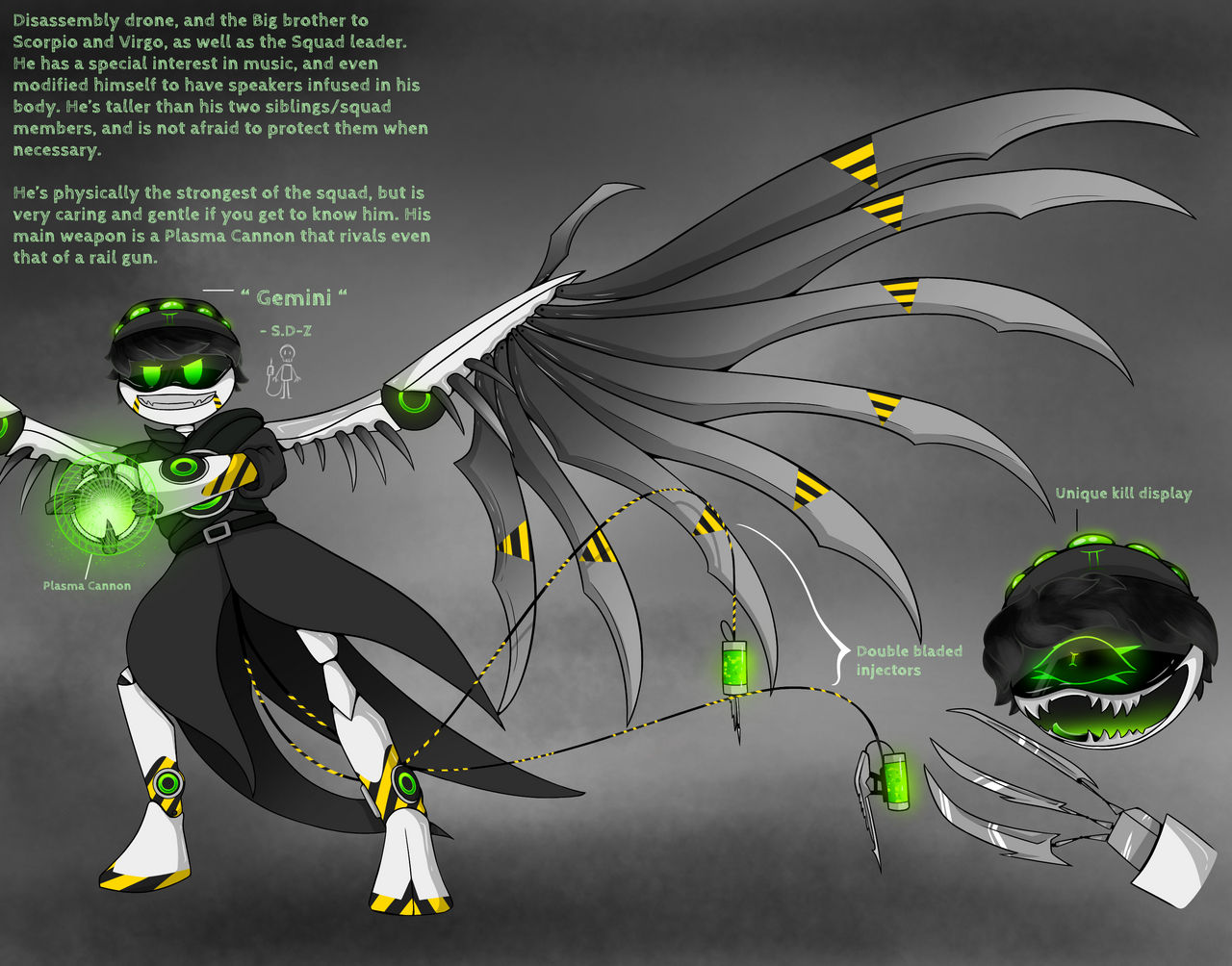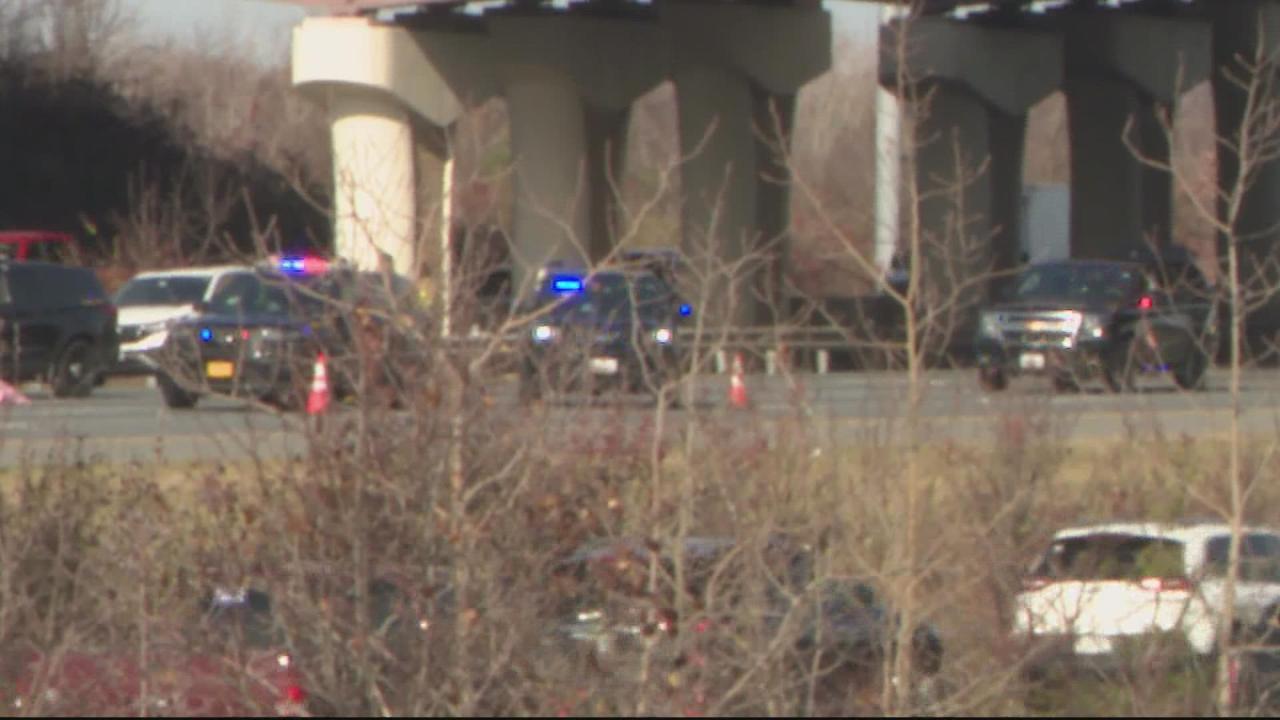Boy hit by drone – it sounds like something from a science fiction movie, but sadly, it’s a growing concern in our increasingly drone-filled skies. This article explores the potential consequences of such an accident, from the immediate physical trauma to the far-reaching legal and societal implications. We’ll delve into the specifics of drone safety regulations, examine different drone types and their potential for harm, and consider how we can prevent similar incidents in the future.
We’ll look at real-world examples of drone accidents and analyze the legal battles that followed, considering the ethical responsibilities of drone operators and the need for improved safety measures. This isn’t just about avoiding accidents; it’s about understanding the complex interplay between technology, law, and public safety in our rapidly evolving world.
A Boy Hit by a Drone: Examining the Incident, Safety, and Legal Implications
This article examines a hypothetical incident involving a boy struck by a drone, exploring the various aspects from the immediate aftermath to the broader societal and legal implications. We will delve into the potential scenarios, safety regulations, legal ramifications, and the impact on public perception of drone technology.
The Incident: A Detailed Account, Boy hit by drone

Imagine a sunny afternoon in a bustling park. A boy, around ten years old, is playing frisbee with his friends. Suddenly, a drone, depending on its size and type, descends unexpectedly. A small, hobbyist drone might cause a minor bruise or cut, while a larger commercial drone could inflict serious injuries like fractures or head trauma, depending on its weight, speed, and the point of impact.
The immediate aftermath could range from mild shock and crying to severe pain and unconsciousness. Bystanders might rush to help, calling emergency services, while others might try to secure the drone and identify its operator.
In our fictional narrative, a large delivery drone, malfunctioning mid-flight, veers off course and collides with the boy, causing him to fall and sustain a head injury. The drone, a heavy model with a significant payload, falls to the ground nearby. His friends scream, and several adults rush to his side, calling for an ambulance. One bystander manages to identify the drone’s registration number.
A boy getting hit by a drone is a scary thought, right? It highlights the potential dangers of these increasingly popular technologies. Incidents like the one described in this article about the orlando drone show malfunction show how important safety protocols are. Clearly, better regulations and improved drone technology are needed to prevent similar accidents involving children and adults alike.
Drone Safety and Regulations
Current drone regulations vary widely across jurisdictions but generally emphasize safe operation, especially near populated areas. Regulations often include restrictions on flight altitude, speed, and proximity to people. Many countries require drone operators to register their devices and undergo some level of training. However, enforcement can be challenging.
Safety features on drones also vary significantly. Some drones have obstacle avoidance systems, geofencing capabilities (limiting flight zones), and automatic return-to-home functions. However, not all drones possess these features, and even those that do can sometimes malfunction. Improvements in technology could include more robust obstacle detection, improved GPS accuracy, and fail-safe mechanisms to prevent uncontrolled descent. A public safety campaign could emphasize responsible operation, proper training, and awareness of local regulations.
That story about a boy being hit by a drone is scary, highlighting the potential dangers of even seemingly harmless tech. It makes you think about the safety measures in place for larger drone displays, like the amazing Niagara Falls drone show , which must have incredibly strict protocols to prevent accidents. Hopefully, incidents like the boy being hit will lead to better safety regulations for all drone operations.
Legal and Ethical Implications

The legal ramifications for the drone operator in such an incident could be severe, potentially including criminal charges (negligence, reckless endangerment) and civil lawsuits. The ethical responsibility of drone operators is paramount; they must prioritize public safety and adhere strictly to regulations. Civil lawsuits could result in significant financial penalties and compensation for the boy’s medical expenses, pain, and suffering.
The outcome would depend on the specifics of the case, including evidence of negligence, adherence to regulations, and the severity of the boy’s injuries.
Examples of similar cases (though involving different circumstances) and their legal resolutions are summarized below:
| Case Details | Outcome | Legal Precedent |
|---|---|---|
| Drone collision with a pedestrian resulting in minor injuries. Operator failed to maintain visual line of sight. | Operator fined and required to complete additional training. | Established the importance of visual line of sight and adherence to regulations. |
| Drone crash into a residential property causing significant damage. Operator was operating illegally in a restricted airspace. | Operator faced criminal charges and significant civil liability. | Reinforced the penalties for violating airspace restrictions and causing property damage. |
| Drone malfunction resulting in injury to a bystander. Manufacturer found to have defective software. | Manufacturer held liable for damages. | Highlighted the role of manufacturers in ensuring product safety. |
| Drone operating without proper registration or insurance caused an accident. | Operator faced significant fines and civil liability. | Underlined the importance of proper registration and insurance for drone operation. |
Technological and Societal Impact

An incident like this could significantly impact public perception of drone technology, potentially fostering fear and skepticism. It could also lead to increased regulation and restrictions on drone usage, impacting industries reliant on drone technology. Technological advancements in autonomous flight, improved safety features, and robust regulatory frameworks are crucial in mitigating future accidents.
A fictional news report might describe widespread public outrage, leading to stricter regulations, mandatory safety training for operators, and increased funding for drone safety research. The report could feature interviews with the boy’s family, drone safety experts, and government officials, highlighting the need for a balanced approach that ensures both technological innovation and public safety.
Illustrative Examples
Imagine a photograph depicting the accident scene: a vibrant green park, scattered frisbees, and a group of concerned onlookers surrounding a boy lying on the ground. The drone, a large, rectangular package delivery drone, lies nearby, its propellers slightly damaged. Another image could show a detailed close-up of the drone, revealing its make and model (e.g., “SkyHawk X1000”), along with visible damage to the casing and one broken propeller.
A diagram illustrating the drone’s flight path would show its initial trajectory, a sudden deviation, and the point of impact with the boy, highlighting the unexpected nature of the collision.
Final Wrap-Up: Boy Hit By Drone

The hypothetical scenario of a boy being hit by a drone highlights the critical need for stricter regulations, improved drone safety features, and increased public awareness. While drone technology offers incredible potential, we must prioritize safety and responsible operation to prevent tragic accidents. The legal and ethical implications are significant, emphasizing the responsibility of both manufacturers and users to ensure that drones are operated safely and responsibly.
By learning from this hypothetical case, we can work towards a future where the benefits of drone technology are realized without compromising public safety.
FAQ Guide
What types of injuries could a boy sustain from a drone impact?
Injuries could range from minor bruises and cuts to serious head trauma, broken bones, or even fatalities, depending on the drone’s size, weight, speed, and the impact point.
What is the likelihood of a drone hitting a person?
A boy getting hit by a drone is a serious safety concern, highlighting the need for stricter regulations and better safety protocols. This incident makes you think about larger-scale events, like the recent orlando drone show malfunction , where a similar issue could have easily injured many people. We need to learn from these incidents to prevent future drone-related accidents and ensure everyone’s safety.
While relatively rare, the likelihood increases with irresponsible drone operation near populated areas and a lack of adequate safety regulations.
Who is liable if a drone hits someone?
Liability depends on the circumstances, but generally falls on the drone operator. Manufacturers could also be held liable for design flaws contributing to the accident.
Are there insurance options for drone operators to cover accidents?
Yes, many insurance providers offer liability coverage specifically for drone operators. It’s highly recommended to obtain such insurance.
